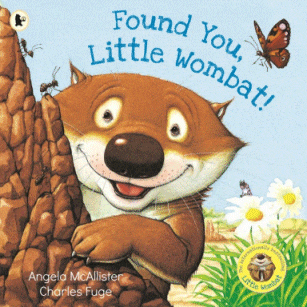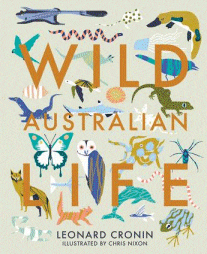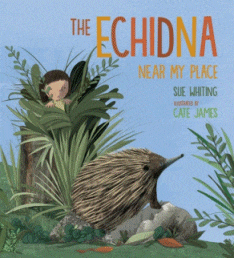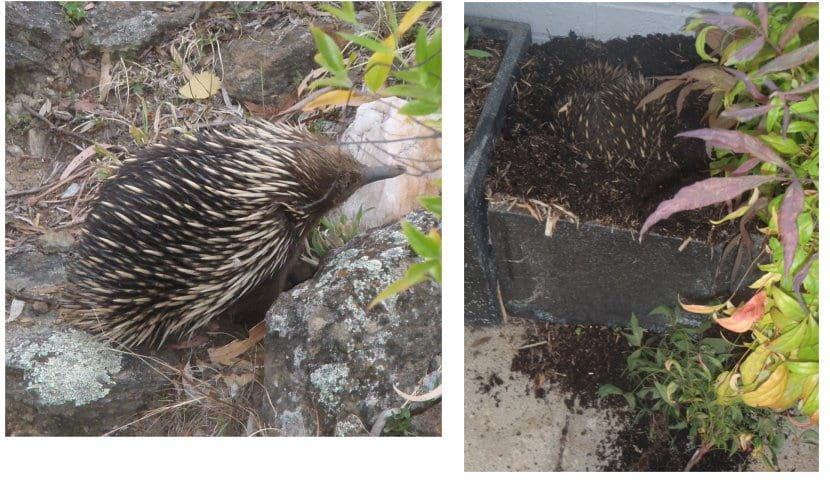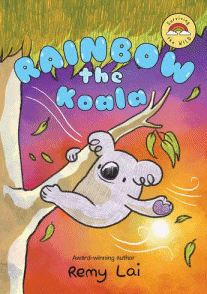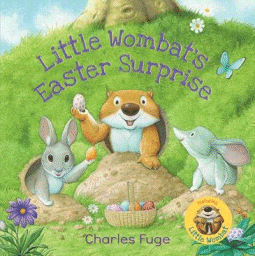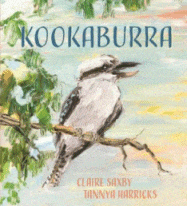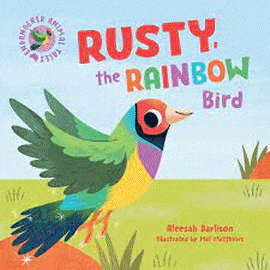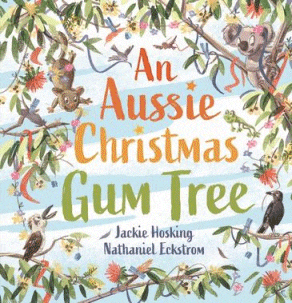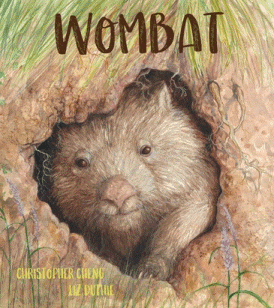
Wombat
Wombat
Christopher Cheng
Liz Duthie
Walker Books, 2022
32pp., pbk., RRP $A16.99
9781760653873
Known as the “bulldozers of the bush” wombats may look soft and cuddly, but they are determined and tough, with sharp teeth that never stop growing, limbs that they use to shovel dirt like bulldozers, and bony bottoms they use to defend their burrows. They can live for years without drinking water, getting all of their moisture from the plants they eat — and they deposit their cube-shaped poop on rocks or stumps as a warning to other wombats.
But even though they can be destructive, ornery and bite the unwary really hard, wombats still rank high among children’s favourite Australian animals. So this new paperback addition to the Nature Storybook series, which introduces young readers to the natural world by focusing on the daily life of one creature while expanding its activities with factual information about those in a format known as ‘faction’ or ‘narrative non fiction’ will be a welcome addition to the collection.
Given recent bushfires and floods, the plight of Australia’s native creatures has never been so precarious or prominent as young readers begin to understand the impact of these natural disasters on habitat and food supplies. And with May 11th being Hairy-Nosed Wombat Day the timing is perfect for sharing this charming story.
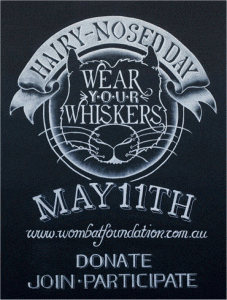
Wombat Day
Beginning deep underground, “where dirt and tree roots mesh”, the story follows Wombat’s days from daybreak as she snuggles down in her burrow to sleep through the bright, hot day to marking her territory as she is a solitary creature, to having to defend herself and her little jellybean-like baby against the dingo. Again, Cheng has crafted the most compelling story, accompanied not only by stunning illustrations from Duthie, but also lots of wombat facts as imagination and information sit comfortably side by side.
Chris Cheng is at his best when he meshes his meticulous research with his way with words and this sits very well alongside Python, his other contribution to this series, and his many other stories for children, my personal, long-term, yet-to-be-beaten favourite being One Child.
A must-have for any collection that meets the needs of any children with a liking for or an interest in these unique creatures.
And if you would like to get your students started on writing faction, beginning with a wombat focus, then From Fact to Faction(e:update 011, 2012) written by me is available to Primary English Teachers’ Association Australia members.
